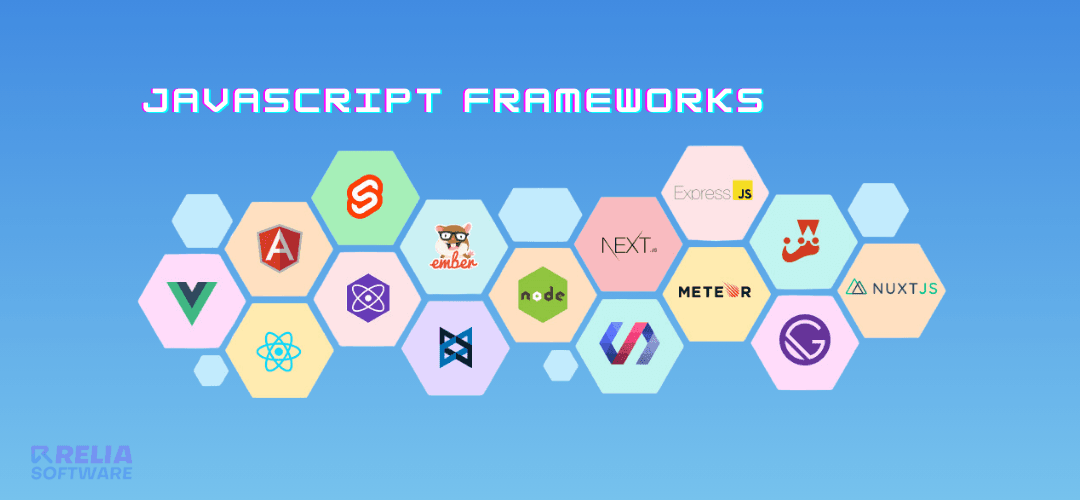JavaScript is utilized in desktop, game, and mobile development as well as web development. For years, JavaScript has become a popular online and server-side app development language due to its versatility and ease of use.
It has gained popularity since JavaScript frameworks, toolkits, libraries, and more have been built around JavaScript due to its popularity. In this article, we introduce top finest JavaScript frameworks for creating applications for your business.
>> Read more:
- What Can You Do With JavaScript? 8 Popular JavaScript Usages
- Top 13 Most Popular Web Development Frameworks
What is A JavaScript Framework?
A JavaScript framework is a template or blueprint for building web apps faster with pre-written, reusable code. As a web development framework, JavaScript frameworks are designed for constructing and maintaining JavaScript online applications.
They organize code and include built-in methods and tools for typical tasks, so you can focus on your project's unique elements instead of beginning from scratch.
JavaScript libraries refer to packaged code, methods, and functions that can be reused or used for different purposes. On the other hand, the JavaScript framework helps shape the design user interface of the application as well as the use of code in it. Instead of offering single solutions, these frameworks provide a set of blueprints for building web applications.
Frameworks have become a regular tool for JavaScript programmers. Instead of having to build the same feature multiple times for different websites, frameworks allow you to create components that can be reused multiple times across web applications.
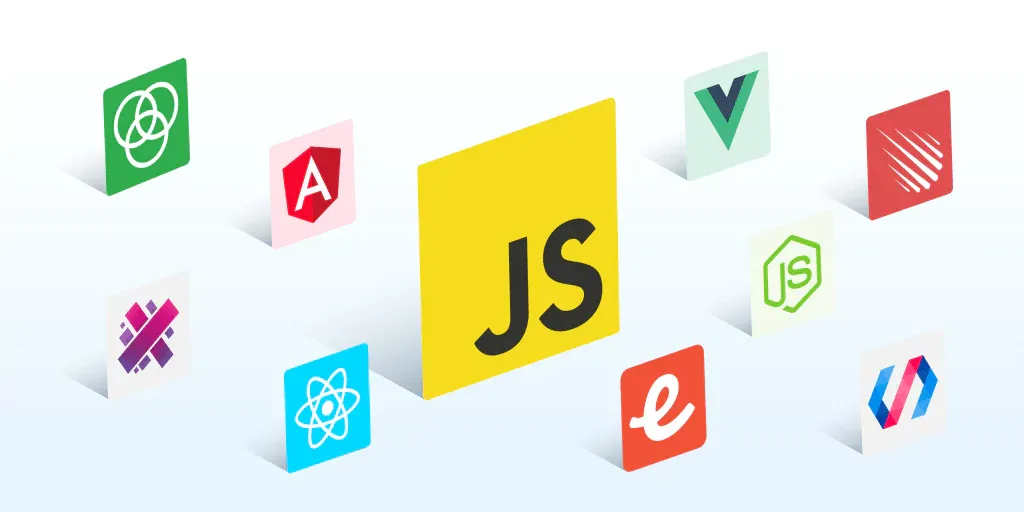
Functions of JavaScript Frameworks
The JavaScript framework empowers developers to build complex applications more quickly and efficiently by providing an ecosystem of tools that improve their experience. These frameworks also allow them to add features like testing and linting to ensure programmers are working with error-free code.
The structure of frameworks determines how developers build their applications and allows the abstraction of different parts of the user interface into components that can be maintained and reused independently, simplifying the creation of highly interactive applications.
In addition, frameworks also allow programmers to:
Manipulate the user interface based on data.
Solve common frontend-related problems.
Write code that is readable and maintainable.
Reuse common components for other interfaces.
Communicate ideas and patterns in a common language.
Standardize UI elements like colors, buttons, and typography.
JavaScript frameworks allow you to use domain-specific programming languages like TypeScript, JSX, and Handlebars to keep your code “clean” and leaner. At the same time, they provide a better experience for programmers when integrating tools to help test and debug code. Similarly, frameworks also automate the installation, updating, and configuration of libraries, packages, and tools, making them less complex and error-free than regular JavaScript.
Top 12 Best Javascript Frameworks for Developers
The various JavaScript frameworks will be discussed in this section, including:
5 Front-End Frameworks;
5 Back-End Frameworks;
2 Testing Frameworks.
Let's dive in!
React (Front-End)
React is a top front-end JavaScript framework. Front-end JavaScript library created by Facebook developers led by Jordan Walke in 2011 and made open-source in June 2013. The “FaxJS” prototype was tested on Facebook's Newsfeed. React is one of the biggest web development disruptors that changed web apps.
For single-page applications, React uses component-based, functional, and declarative programming to create interactive user interfaces. React uses ‘Virtual DOM’ for fast rendering. Document Object Model (DOM) renders only modified components instead of the complete page. The simplified JSX syntax instead of JavaScript is another React feature.
React has a large developer community, abundant learning tools, and global industry acceptance, but its learning curve is steeper than other best JavaScript frameworks.
Advantages:
Transformable Fundamental: As an alternative to writing UI components, its component-based approach lets developers import or reuse them without any effort.
Easy Integration: Works seamlessly with different front-end and back-end frameworks like Laravel.
Direction Dataflow: The key distinction is React.js' downward-directional data flow architecture. This makes the code more stable and error-free by preventing child elements from affecting the parent.
Simpler Syntax: Uses HTML-like JSX JavaScript instead of JavaScript, making code easier to read, understand, and maintain.
Virtual DOM (vDOM): It creates a duplicate of DOM. React compares the virtual DOM to the real DOM to render only modified components instead of the complete page. This powers React's lightning-fast performance.
SEO: React.js is one of the most SEO-friendly front-end frameworks for page crawling after several changes. Traditional dynamic JavaScript frameworks were notoriously incompatible with search engine crawlers and poor SEO performers.
Continuous Improvement: React is constantly evolving and improving, adding new features like Hooks, Fiber, Concurrent Mode, React Suspense, etc. to reduce boilerplate code, improve concurrency and fast rendering, and boost performance, making it a top JavaScript framework.
Rich Community Support: React has almost 1.6k GitHub contributors and a wealth of learning tools, tutorials, and assistance guides for beginners. Facebook—one of the world's largest and most powerful companies—backs React.js.
Disadvantages:
Hard Learning: JSX is simpler and easier to read, but novice developers may find it harder to learn.
Complicated: React may seem more complicated and steeper than Vue.js or other top JavaScript frameworks to developers.
Weak Documentation: Many React developers complain about weak documentation that cannot keep up with new updates and features.
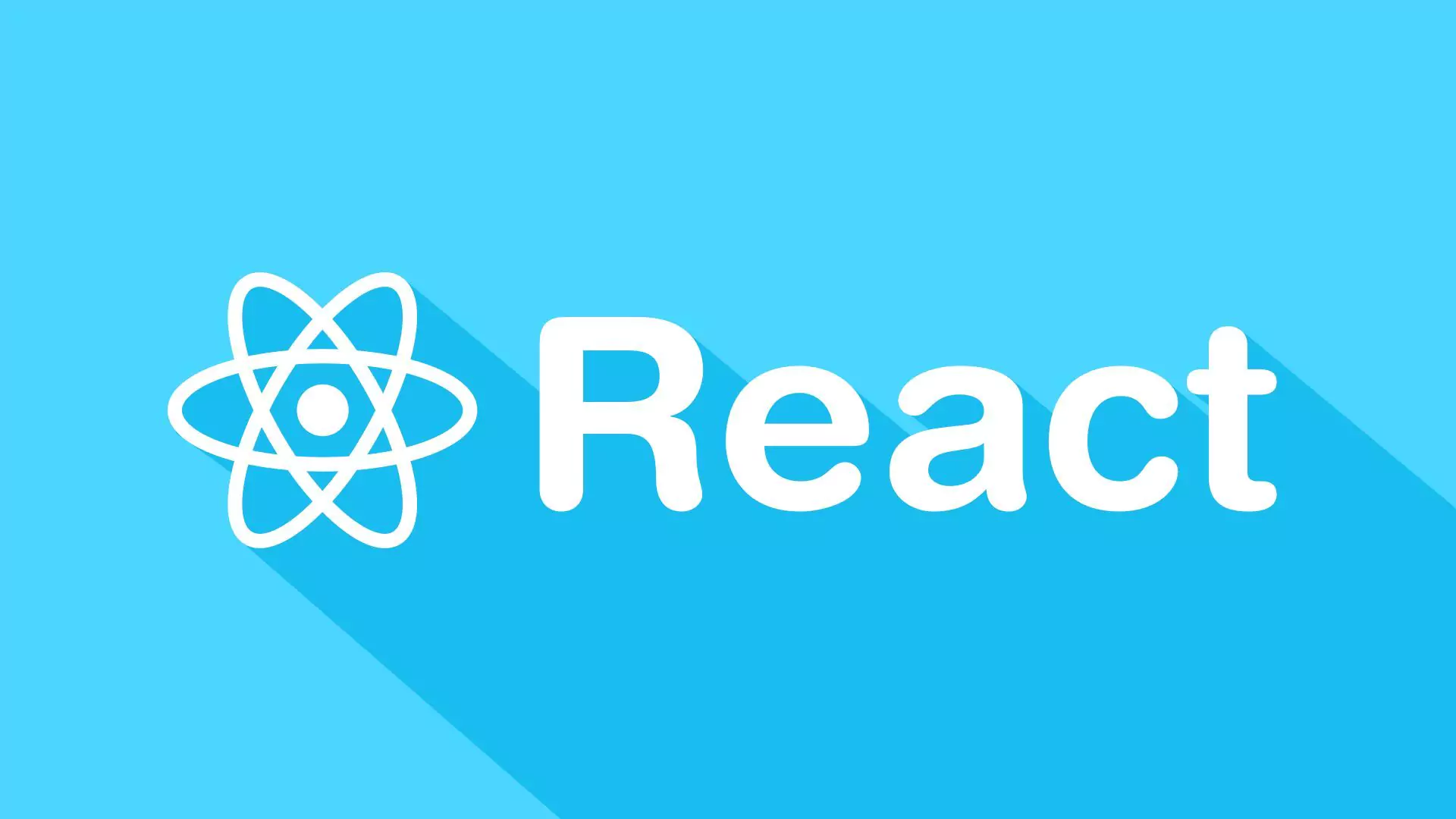
>> Read more:
- React vs Angular: A Comprehensive Side-by-Side Comparision
- Next.js vs Angular: What Are The Differences?
Angular (Front-End)
Angular is another top front-end JavaScript framework. Google's open-source TypeScript framework builds client-side single-page web apps. Angular was created in 2010 by Google developers Misko Hevery and Adam Abrons.
Angular was well praised and prepared to rule, until React blew it away, revealing its flaws. Thus, Angular was completely rewritten, and Angular was launched in 2016.
One of the most secure front-end JavaScript frameworks for enterprise-scale applications is Angular. Over a million websites use Angular, including Google, Forbes, IBM, and Microsoft.
Advantages:
Component-Based Architecture: After discarding MVW (model-view-whatever), Angular further adopted a component-based architecture for reusability. App components can be reused. It improves code readability and maintenance.
Server Speed: Angular has out-of-the-box caching and numerous tools to boost server speed.
Model View Controller (MVC): Angular's MVC defines scopes and data binding. Separating UI and App logic is also achieved.
2-Way Data Binding: Angular's 2-way data binding links the Model and View layers so that each reflects a change in the other. Other competing frameworks use one-way data binding for simplicity.
Third-Party Integrations: Angular has several third-party integrations to enhance its web app.
Extensive Community Support: Google and over 1.6k GitHub contributors support Angular. Angular features fantastic documentation, a vast resource library, and community support.
Disadvantages:
TypeScript: Angular requires TypeScript, which has numerous benefits but is difficult for new developers to master. TypeScript's entrance hurdle makes Angular struggle against React and Vue.js.
Heavy and Bloated: At 550-600kb, Angular is much larger than React and Vue, making it unsuitable for most tiny apps.
Low-Quality SEO: Due to accessibility concerns faced by search engine crawlers or spiders, Angular has poor SEO. If SEO is your priority, React is better.
Vue.js (Front-End)
Open-source lightweight front-end JavaScript framework Vue.js lets you design imaginative user interfaces and high-performance single-page apps with minimal effort.
Vue.js was created in 2014 by Google developer Evan You, who was inspired by Angular to create a simple, lightweight, and efficient alternative. Since then, Vue.js has been a top JavaScript front-end framework. Vue.js has taken most of its features from ReactJS and Angular, but it has improved them to make it more secure, easy to use, and better. Most notably, Vue.js enables 2-way data binding like Angular and ‘Virtual DOM’ like React.
Advantages:
Simplicity: Any React or Angular developer can learn Vue quickly. Vue's basic structure lets you code more with typeless syntax. For each component, Vue stores HTML, CSS, and JavaScript in a single file.
Easy to Learn: Without JSX or TypeScript like React or Angular. Vue uses simple HTML templates that don't complicate programming.
Remarkably Lightweight Size: Vue.js is substantially lighter than React and Angular, which is only 18-20 kb when compressed.
Integration: It may be used to construct applications from scratch quickly and effortlessly connect them to existing web projects without having to design new components.
Disadvantages:
Small Community: Vue.js lacks the support of Facebook or Google like React or Angular. Vue has 360+ GitHub contributors, which is good but not as many as React's 1.6k.
Limited Employment Opportunities: Vue is popular in China and the US, but it may not be as popular elsewhere. The US traditionally leads technological adoption, with the rest well behind.
Ember.js (Front-End)
Ember.js is an open-source JavaScript framework for scalable enterprise single-page web apps. The foundation of Ember.js is MVVM (Model-View-ViewModel) architecture, which makes it different from other frameworks.
Yehuda Katz, a jQuery co-creator, rebranded SproutCore 2.0 to Ember.js. The productivity-boosting Ember Command-line interface tool is a fan favorite. Features like this make it a top JavaScript framework.
Ember.js, an older front-end JavaScript framework than React, Vue, and Svelte, is nonetheless powerful and used by Microsoft, LinkedIn, Netflix, Twitch, and others.
Advantages:
APIs: Ember.js simplifies API use.
Convention Over Configuration: Ember.js uses the “CoC – Convention over Configuration” method, which eliminates the requirement for configuration in most circumstances so you can start writing and constructing your web application.
Rich Documentation and Support: Ember.js has extensive documentation, tutorials, and help guides to get started.
The Ember Command Line Tool: which automatically generates components and controllers and helps build up new projects, boosts productivity. Ember CLI installs third-party dependencies.
Inspector Tool: The Ember.js Inspector development tool extension for Chrome and Firefox lets you monitor and change projects in real-time.
Others: Like Angular, supports 2-way data binding. And version backward compatibility.
Disadvantages:
Hard Learning: New developers may find Ember.js harder than Vue.js or React.
Highly Complex: Complex for large-scale applications and too hefty for small ones.
Highly Opinionated: Opinionated in that deviating from the norm might cause frustration.
Stagnation in Popularity: Its popularity has stagnated in recent years, failing to attract new creators.
Svelte (Front-End)
A top TypeScript-based JavaScript framework, Svelte is open-source and component-based. It was made by ex-Guardian front-end developer Rich Harris. Svelte, created in 2016, has exploded in popularity.
Developers believe Svelte is a game-changing innovation that will revolutionize web application coding and dethrone other famous front-end JavaScript frameworks.
Svelte lacks a virtual DOM, unlike React and Vue.js. HTML, CSS, and JavaScript code are used to generate components without boilerplate. At build time, Svelte Compiler compiles this code into little framework-free vanilla JavaScript modules and surgically updates the DOM when the state changes. Svelte requires less browser processing than React or Vue.js.
Advantages:
Component-Based Model: React and Vue.js use component-based models. Svelte version 3's increased reactivity capabilities make constructing reusable components faster and easier with less code.
Easy to Learn: New developers may prefer its smooth learning curve. No TypeScript or JSX expertise is needed to build Reusable Components with HTML, CSS, and JavaScript.
Small Size: Since it is a compiler and has no JavaScript framework runtime cost, it has the smallest bundle size of all libraries and frameworks.
Excellent Performance: Svelte uses reactive programming to carefully change the DOM, unlike React, which has a virtual DOM. Svelte produces the quickest rendering of practically any framework and leads most performance benchmarks.
SEO: Svelte works well with search engine crawlers SEO, unlike other frameworks.
Disadvantages:
Low User Base: Svelte has garnered developer praise but is not commonly used in the industry. Svelte.js has a few big-name clients, but about 3-4 thousand websites run it, largely in the US.
Lack of Tooling: Svelte's underdeveloped debugging tooling is a major issue.
Small Community: Small community and resources compared to top JavaScript frameworks.
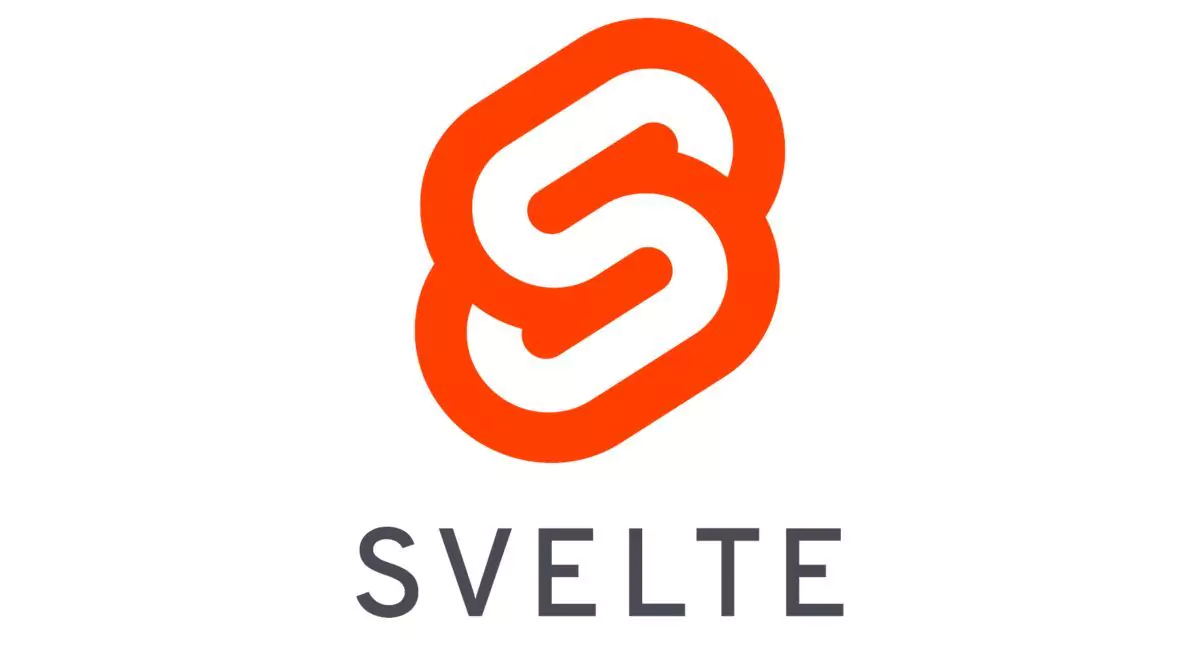
Node.js (Back-End)
The open-source server platform Node.js works with Windows, Linux, Unix, macOS, and other operating systems. Node.js executes JavaScript code outside a web browser using the V8 JavaScript Engine.
In 2009, Ryan Dahl invented Node.js, thirteen years after Netscape's LiveWire Pro Web, the first server-side JavaScript environment. The first edition supported just Linux and Mac OS X. Since 2019, Node.js has been ranked first for JavaScript frameworks after the JS Foundation and Node.js Foundation merged to form the OpenJS Foundation.
Several programming languages can be translated into JavaScript, however, Node.js only supports it. Node.js apps may be written in Dart, TypeScript, ClojureScript, and CoffeeScript.
Node.js supports macOS, Linux, Windows, SmartOS, IBM AIX, and FreeBSD at tier 2. LTS versions of OpenBSD run on IBM I (AS/400).
>> Read more: 10 Leading Node.Js Frameworks For Web Application Development
Advantages:
Increase Efficiency: Servers and staff cost more as efficiency increases. You can also prevent scaling-related performance degradation. Most developers run Node on scalable cloud clusters, although a VPS or cheap dedicated server may do the job.
Development Cost Reduction: It reduces development expenses by 58% and grows quicker than any other JavaScript framework. Companies using Node.js for over two years have seen 12% lower development expenses.
Improve Performance: 96% of Node.js users said that improving website performance is the main reason it's one of the finest JavaScript frameworks.
Disadvantages:
Single-threaded: Single-threaded Node.js employs an event loop for concurrency. This architecture lets it manage numerous connections effectively, but long-running blocking processes will stop the process and prevent additional requests. This might cause performance bottlenecks, especially in CPU-intensive or I/O-intensive programs, making multi-core computers difficult to maximize.
Hard For Newbie: JavaScript, utilized by Node.js and known for its versatility and usefulness, can be difficult for new developers. JavaScript differs from popular programming languages like Java, C++& Python.
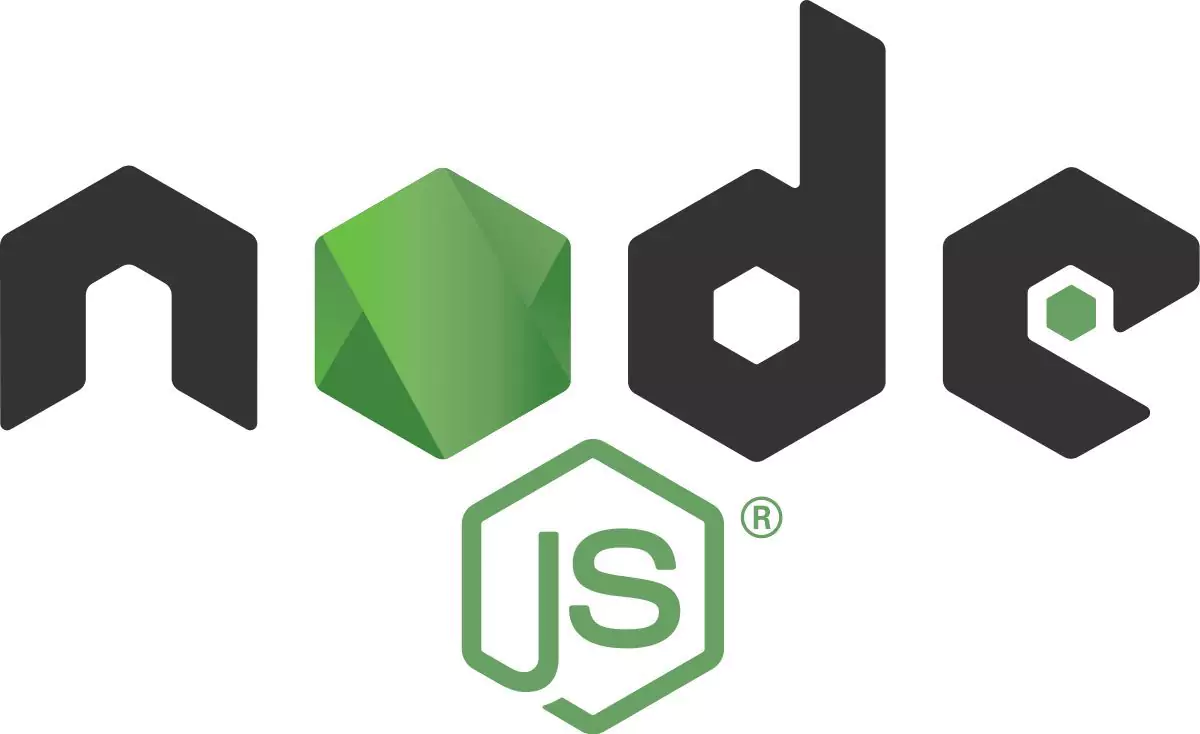
Next.js (Back-End)
Next.js is a React-based server-side rendering library. Next.js was launched in 2017 by Dutch startup Vercel (formerly ZEIT). Next.js and Gatsby are both React-based, however, they vary in one way. Next is an SSR-Server-side renderer, whereas Gatsby generates static sites.
Always remember that Next.js offers static generators. Next.js is designed on the “Build once, runs everywhere” premise, so you can create web, mobile, desktop, and progressive web apps.
Advantages:
Server-side Rendering: Next.js uses SSR out of the box to show content faster without waiting for the client's browser to load JavaScript. SSR makes Next.js a top back-end JavaScript framework.
SEO Friendly: Search engine crawlers have trouble indexing such pages. However, server-side rendering makes Next.js a great SEO tool. For SEO, Next.js lets us construct dynamic meta tags in the head.
Fast Performance: Automatic code splitting Next.js lets us partition our application code into tiny bundles that may be loaded individually without leading the JavaScript code. This facilitates lightning-fast performance.
Automation: When a change is detected, Next.js hot-reloads the page. Next.js lets you construct static web pages and corporate apps. Additionally, you may design web, mobile, desktop, and progressive web apps.
Disadvantages:
Not for Small Webs: For tiny blogs where static build performs better than Next.js server-side rendering, Gatsby may be superior.
Lower Performance: Next.js performance is usually lower than Gatsby and Nuxt.
Data Request: Requests data from the back-end server.
Meteor.js (Back-End)
Meteor.js develops web apps using JavaScript. It's open-source and supports object-oriented, functional, and event-driven programming. Meteor.js employs asynchronous programming and is built on Node.js.
Meteor.js has built-in libraries for networking, data management, and UI rendering. With Meteor.js, you can create and deploy web apps from the command line.
Chat clients and step-by-step tutorials are popular apps built using Meteor.js. It is also ideal for multi-device, cross-platform app development.
Advantages:
Time Reduction: Meteor.js writes JavaScript code for both the client side and the server, making it easier for developers to understand. The app development learning curve and time are reduced.
Dynamic UX: A more fluid and dynamic user experience is achieved by updating clients without refreshing the website. Meteor.js is great for real-time web and mobile apps since it supports real-time data changes.
Vibrant Community: Developers support Meteor.js and create resources in a large community.
Simple Application: Meteor.js' simple API lets developers build apps quickly. This lets developers focus on app functionality and features instead of APIs.
Disadvantages:
Slow: Meteor.js is slower than other JavaScript frameworks and technologies when handling lots of data. Meteor's real-time updates and other features may raise server load and processing demands.
Hard Management: Real-time updates and other Meteor.js features can make programs harder to understand and manage. Real-time updates require careful management and may make data changes hard to trace.
Large Data: The real-time updates in Meteor.js might make it harder to scale to manage large volumes of traffic and data.
Express.js (Back-End)
Express is an open-source basic JavaScript framework for Node.js used to construct APIs and web apps. It's one of the greatest JavaScript frameworks for Node.js back-ends, especially in MEAN or MERN stacks, due to its popularity.
Rapid server-side coding makes Express a top JavaScript framework. Express makes complex Node.js operations take minutes instead of hours. Express also has a more robust routing system for extremely dynamic URLs than Node.js.
Advantages:
Support from the Community: Express is a mature 13-year-old system that has a lot of support from the community.
Nice Literature: Express has a lot of helpful, well-written literature, as well as a lot of tutorials and other tools.
Quick Development: It makes using Node.js to build web apps easier and faster.
Middleware: Express is a group of function calls to middleware. Some of the things that middleware functions do are run code, change request, and response objects, and end the request-response loop.
Routing: Gives you a strong way to set up routes based on URLs and HTTP methods.
Integration Database Quickly: Express makes it easy to connect to famous databases like Redis, MongoDB, and MySQL.
Interact With Templates: The most popular template engines, such as Pug, HAML, and EJS, work right out of the box with Express.
Disadvantages:
No Security: Web application security depends on the developer and code quality. Express doesn't provide security.
Complex Opinions-free Nature: In most circumstances, experienced developers may find Express's opinions-free nature difficult to understand. There is no planned approach for novices. Although skilled developers would like an un-opinionated nature for its flexibility and freedom.

Nuxt (Back-End)
Nuxt, a Vue.js-based progressive open-source framework, builds fast server-side generated web apps. Nuxt is one of the best JavaScript frameworks for creating pre-rendered static pages, single-page web apps (SPA), and server-side rendered web apps (SSR) or universal apps.
Advantages:
Fast Setup and Development: The starter template may be constructed using the command line to set up a new Nuxt project in minutes.
Construct Universal Apps: JavaScript code that runs on both the client and server sides—making it one of the greatest JavaScript frameworks. Universal Apps have far quicker loading times and better SEO than single-page apps since search engine bots can crawl material faster.
Automatical Code: Nuxt automatically organizes code in a logical, scalable, and easy-to-understand format. The default folders are assets, components, layouts, pages, plugins, and stores.
Webpack Setting: Nuxt splits code and builds a static app using the best webpack settings. All statically created pages have JavaScript files. This splits application JavaScript code into smaller files, improving speed and performance.
Disadvantages:
Problems Integrating: When you try to integrate custom libraries with Nuxt, you could run into certain difficulties.
Debugging Issues: The process of debugging problems that arise when utilizing Nuxt can sometimes be difficult and irritating.
Small Community: When compared to Next.js or Gatsby, the size of the community that supports Nuxt is quite modest.
Non-extensive Documentation: The amount of documentation is not particularly vast, and there are not a great deal of useful resources available.
Cypress (Testing)
Cypress automates unit, integration, regression, and end-to-end testing. Using the Cypress cloud, businesses can coordinate and combine outputs with quality metrics and helpful insights for agile development.
In September 2017, Briann Mann released Cypress, which integrated browser-based testing into real-time, agile application development. Cypress has been a top JavaScript testing framework since then.
Advantages:
- Supports Different Browsers: Works with Chrome, Firefox, and Edge.
Wait For Assertions and Commands: Allow assertion and command waits without explicit or implicit instructions in test scripts.
Debug Under The Test: Allows Chrome development tool debugging of your test app. It highlights the error and offers solutions.
Fast and Easy To Use: It will automatically run next to your browser when you save your test script since it recognizes it smartly and helps you rerun it.
Disadvantages:
Support Javascript Only: It is only compatible with JavaScript to develop and run test scripts; it does not support other languages such as Selenium.
Limited Support: Testing on mobile devices and multiple tabs is only partially supported.
Run Directly On Browser: Because it is difficult to do end-to-end testing on many browsers at the same time, it is necessary to run directly on browsers.
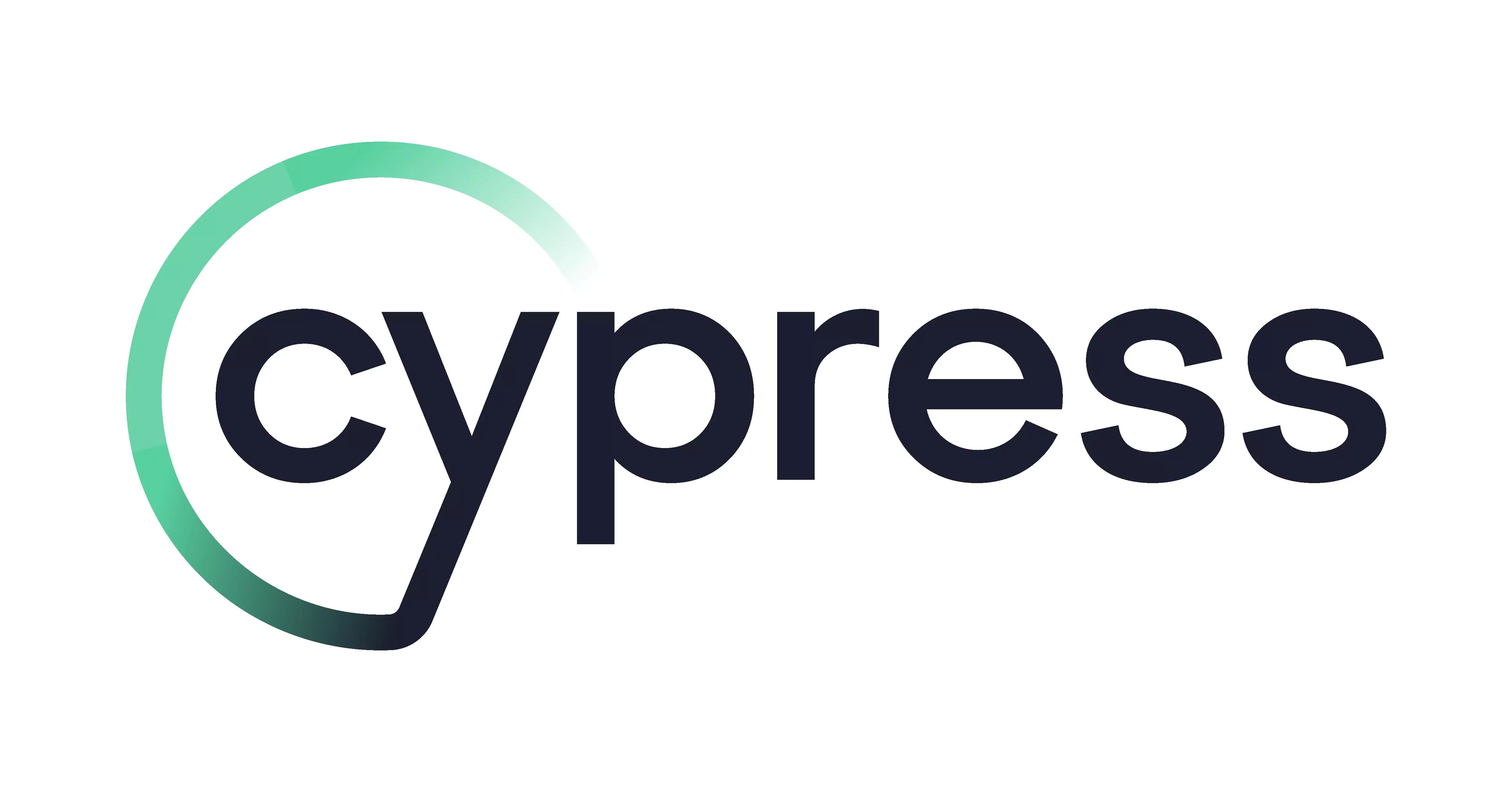
Playwright (Testing)
Microsoft Playwright, a Node.js package, is a top JavaScript automation testing framework. It automates Chromium, Firefox, and WebKit with one API. JavaScript developers may use these APIs to create browser pages, visit URLs, and interact with page components. Playwright can automate Microsoft Edge since it uses the free and open-source Chromium web technology.
The Playwright automation testing was released in January 2020, but testers and developers quickly adopted it. Based on user evaluations, Microsoft constantly improves and updates. It will likely become a top JavaScript framework soon.
Advantages:
Capability For Debugging: Features step-by-step debugging, selection exploration, and test recording.
Fast Configuration: Configuration takes a few minutes, thus installation is quick. Installation may differ based on the programming language you use with Playwright to test.
Supported Vary Testing: End-to-end, functional, API, and regression testing are supported. Creates HTML testing reports for local and CI access.
Detail Check: It automatically waits for each check before acting. If the required checks fail in time, an action fails with a TimeoutError.
Disadvantages:
Unclear Data: Documentation is not clear. Without a doubt, its literature is great, but finding lore is hard and the examples aren't very good.
Permits API Testing: API testing is possible, but the way it handles requests isn't very advanced. For example, it doesn't allow following redirection like Cypress does.
How To Choose The Right Javascript Framework For Your Project?
Selecting the finest JavaScript front-end, back-end, and testing frameworks is crucial. Remember that every framework has pros and cons, and what works for one project may not work for another.
Define the Project Objectives
You must understand the project's requirements, including the type of app you want to make, your feature preferences, and your scalability needs. After that, consider the framework's features, community support, learning curve, and usability.
Testing
Scalability testing is essential if you expect your project to grow. Also, evaluate any integrations you may require, such as payment gateways, databases, or APIs, and whether the framework provides the relevant tools and plugins.
Revise Budget
Finally, budget matters. Free and open-source JavaScript frameworks may require a license or subscription. Before choosing, carefully analyze the merits and cons of each framework.
The best framework for your project depends on your demands. You must carefully consider your options and consult specialists if needed. To test JavaScript apps in real-world contexts whatever JavaScript framework you choose, use a real device cloud regardless of the framework.
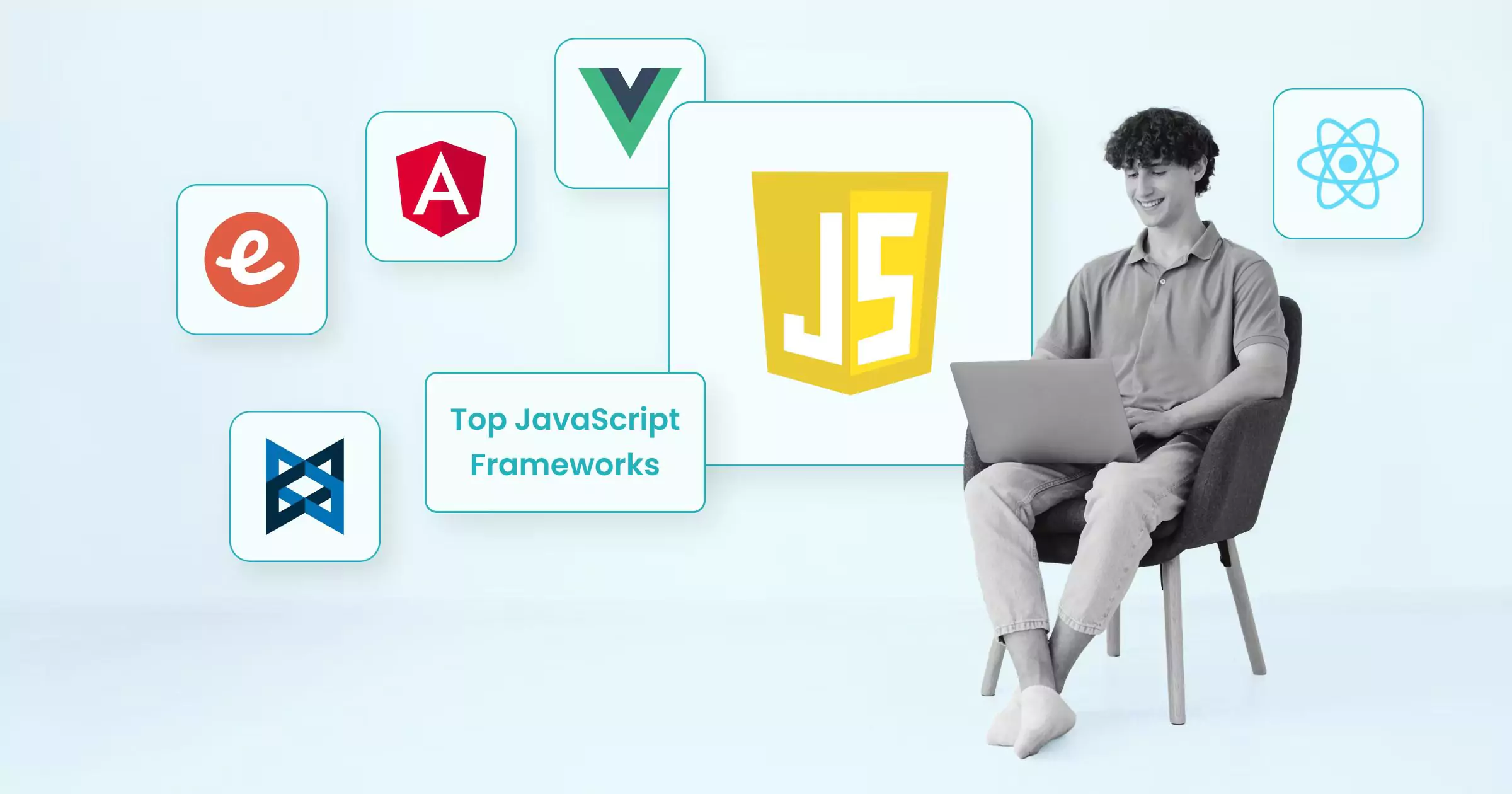
FAQs
Which JS framework is the best and why?
It is not possible to single out a single JavaScript framework since the nature of the application that you develop is the primary factor that determines which framework is the best. There are, however, a few of them who are engaged in the field regularly. There are a few of them, including Angular, React, Vue.js, and Ember.
Which is the hardest JavaScript framework?
Personally, Ember is one of the JavaScript frameworks that presents the greatest challenges for front-end web development. You may easily construct large client-side apps using Ember, even though its design is somewhat complicated.
What is the difference between a JavaScript library and a JavaScript framework?
A JavaScript library contains pre-written functions for certain tasks, whereas a framework is a pre-written structure for constructing web apps with a predetermined architecture and design pattern. Libraries let developers pick and select functionality, whereas frameworks offer a comprehensive solution with less freedom. Web developers utilize libraries and frameworks for their complementing benefits.
>> Read more:
- Top 10 Best Golang Web Frameworks
- Top Agile Frameworks In Software Engineering
- 10 Leading Node.Js Frameworks For Web Application Development
- Top 15+ Python Frameworks for Website Development
Conclusion
Choosing the right JavaScript framework for your needs from dozens of possibilities is difficult. Every framework has strengths and weaknesses. Carefully consider your project's demands and determine which frameworks will perform best at the lowest cost and time.
With decades of experience developing apps through Javascript frameworks for both back-end and front-end development, Relia Software believes we can create creative and quality applications for your business. Do not hesitate to contact us to turn your app idea into reality!
>>> Follow and Contact Relia Software for more information!
- development
